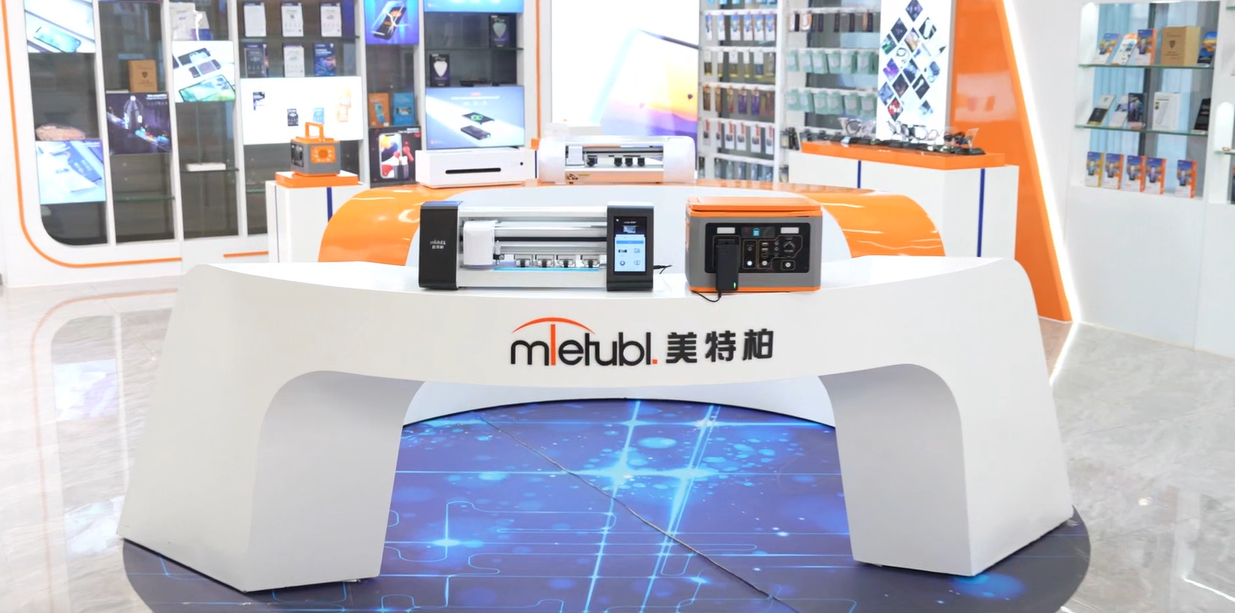
MIETUBL Brand Overview
MIETUBL is a brand originating from China and thriving through China’s intelligent manufacturing. It is committed to providing high-quality mobile accessories and related products to global consumers. Since its inception in 1998, the brand has followed the trends of the times, focusing on resource integration and building a symbiotic and shared industry ecosystem, enabling global consumers to conveniently access quality products that enhance their lives.
By continuously innovating and diversifying its product offerings, MIETUBL has achieved significant success in the mobile accessory industry. As a brand driven by customer value and innovation, MIETUBL has expanded into various product applications while accumulating rich industry experience and establishing a stable customer base. Headquartered in Zengcheng, Guangzhou, the company has strategically positioned itself within the mobile accessory industry, integrating high-quality production resources and aiming for a win-win business model.
Core Values and Development Vision:
-
Customer-Centric: MIETUBL always prioritizes customer needs, continually enhancing product quality and consumer experience through innovation and technological research and development.
-
Resource Integration and Industry Symbiosis: By integrating industry resources, MIETUBL creates a symbiotic, shared industry ecosystem, connecting global distributors and consumers, and promoting mutual growth across the value chain.
-
Global Vision: MIETUBL is committed to bringing Chinese manufacturing to the world, providing global consumers with high-quality, innovative mobile accessories, while offering profitable opportunities for distributors.
MIETUBL’s long-term vision is to continually enhance its products through innovation and quality, establishing “MIETUBL” as a globally trusted brand, recognized in markets around the world.
PRODUCTS
Why 9H Hardness Makes Tempered Glass More Resistant to Sharp Objects
Understanding the Mohs Hardness Scale
To understand 9H hardness, we need to first familiarize ourselves with the Mohs Hardness Scale. Developed by German mineralogist Friedrich Mohs in 1812, this scale ranks minerals from 1 to 10 based on their scratch resistance. Talc, the softest mineral, sits at 1, while diamond, the hardest naturally occurring substance, boasts a rating of 10. Each mineral on the scale can scratch any mineral below it, but cannot scratch those above it. This provides a relative measure of hardness.
9H on the Mohs scale sits just below diamond. It doesn't mean tempered glass is almost as hard as a diamond, but it indicates a remarkably high level of resistance to scratching. The "H" simply denotes that the hardness is measured using the Mohs scratch test, a standardized procedure that assesses a material's resistance to being scratched by a defined set of pointed tools.
The Tempering Process and Enhanced Hardness
The 9H hardness of tempered glass isn't inherent; it's achieved through a specialized heat-treating process. Ordinary glass is heated to a high temperature and then rapidly cooled, usually through a quenching process. This rapid cooling introduces internal stresses within the glass structure. These stresses act like tiny springs, making the glass significantly stronger and more resistant to impact and scratching than annealed (regular) glass.
The controlled introduction of these compressive stresses at the surface is key to the enhanced hardness. These stresses resist deformation caused by external forces, like a sharp object attempting to scratch the surface. The internal stresses make it much more difficult for the sharp object to penetrate and cause damage, resulting in the 9H rating.
Resistance to Scratches and Abrasions
The 9H hardness directly translates to superior scratch resistance. Everyday objects like keys, coins, and even knives are less likely to leave noticeable marks on 9H tempered glass. This is because the compressive stresses within the glass make it more difficult for the sharp edges of these objects to displace the surface atoms. While it's not invincible, the resistance to scratching is significantly higher than that of untreated glass or plastics.
This resistance to scratching is particularly crucial for applications like smartphone screens, watch faces, and camera lenses. These surfaces are constantly exposed to potential abrasions, and the 9H hardness helps maintain their clarity and aesthetic appeal over time. The superior scratch resistance ensures the device retains its functionality and visual integrity, protecting the underlying components from damage.
Beyond Scratches: Impact Resistance
While primarily associated with scratch resistance, 9H hardness also contributes to improved impact resistance. While it won't withstand extremely forceful impacts, the added strength from the tempering process and the higher hardness mean the glass is less likely to shatter or crack under moderate impacts. The internal compressive stresses help absorb and distribute the impact energy more effectively, reducing the likelihood of damage.
This enhanced impact resistance further enhances the protective capabilities of 9H tempered glass, offering a more comprehensive safeguard for delicate devices and screens. While it's not a replacement for robust cases, it acts as a significant first line of defense against everyday bumps and drops.
In conclusion, the 9H hardness rating of tempered glass is not merely a marketing term; it's a tangible indicator of its exceptional resistance to sharp objects and impacts. The combination of the Mohs hardness scale, the tempering process, and the resulting internal stresses culminates in a material offering superior protection for various applications, significantly extending the lifespan and maintaining the aesthetic appeal of countless devices.SUBSCRIBE
INQUIRY